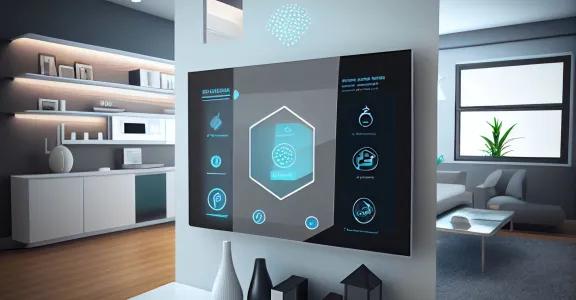In the evolving landscape of building management systems, the integration of advanced technologies with traditional heating, ventilation, and air conditioning (HVAC) systems is essential. dnergy is at the forefront of transforming the way in which buildings manage their climate control systems through cutting-edge, data-driven approaches. For a recent R&D project, the company counted on Sirris to explore the power of predictive analytics and machine learning to optimize comfort and efficiency in real time with controllers built upon data-driven models.
Traditional HVAC systems often use rule-based controllers (RBCs) and schedules. More advanced control strategies rely on physics-based (white-box or grey-box) or black-box models. While physics-based models are highly accurate, they require a lot of time to develop and fine-tune. That is why data-driven models, which are less demanding in terms of sensor data, more scalable, and faster to design, are an interesting alternative.
Pioneering real-time HVAC control
However, designing effective data-driven controllers comes with its share of challenges.
- First, the optimal control actions must be retrieved in near-real time, so that they can be applied exactly when needed and without a substantial delay.
- Secondly, the data-driven digital twin has to accurately reflect how control actions and their interactions affect ambient temperatures and energy use.
- And finally, the risk of model extrapolation has to be mitigated – a common issue in real-world applications due to the limited variability of control actions within a specific context.
These challenges are addressed in the conception of the underlying data-driven models, which are subsequently used to develop data-driven predictive controllers (DPCs) for the real-time management of HVAC systems. The designed controllers can handle interconnected inputs, such as the on/off activation of the distribution circuits and the temperature setpoint of the supply water in the respective circuits. To accurately map the impact of control actions and their interactions, domain knowledge has been integrated into the process models. Meanwhile, linearization of non-linear process models around control trajectories has made near-real-time control possible. The trained AI and machine-learning process models were able to forecast zone temperatures with a low error (Root Mean Square Error of about 0.5°C).
Thermal comfort at a minimal cost
In addition to the DPCs, Sirris also designed hybrid controllers that switch between rule-based and predictive controller modes, anticipating heating needs and stabilizing temperatures in buildings with significant thermal inertia. The DPCs and hybrid controllers were applied to single-zone as well as multi-zone buildings. Simulations demonstrated that these controllers can significantly decrease thermal discomfort compared to advanced RBCs, without impacting energy costs.
Our experts for this innovation project
Florence Guillaume, Ali Beigrezaei, Estephan Rustom, Kevin Van Vaerenbergh
Annual Report 2023: Another year of innovation!In 2023, we didn't just adapt, we innovated and elevated! From boosting innovation services to diving deep into energy transition and manufacturing, we've been busy. We completed over 1.200 innovation projects and highlighted 13 industrial cases in the annual report. And let's not forget our leap into Generative AI, which is a game-changer. |




